Fundamentally creative: the future of Regional Australia
BY KIM V. GOLDSMITH
This year’s national regional arts gathering, Artlands 2023, organised by Regional Arts Australia (RAA), was an invitation-only event. Marking 80 years of RAA, 80 purposefully selected participants spent three days in Canberra, 6-8 September, exploring the potential of regional creativity, and considering the challenges and opportunities under the title, The Future of Regional Australia Fundamentally Creative.
Prior to the main event, online roundtables were held in June, open to interested parties. I attended one of those. They were about guiding the planning for Artlands and creating guiding principles for RAA and the regional arts sector into the future.
We were encouraged to think of a world where there are no barriers—a utopian regional arts sector—the process masterfully guided by facilitator, Kath Melbourne, who was one of three facilitators at Artlands in September. By July, the selected participants were announced.
Orana Arts had three Studio Co!Lab members selected — Phoebe Maroulis, Lusi Austin, Shani Nottingham. Other Orana Arts creative connections included highly respected Wiradjuri artist, Dubbo-based Teresa Yasserie—who was one of our Mindyarra project artists, and Wiradjuri artist Josh Yasserie—who worked with us on the VAMP HARd project at Mudgee Museum and is a tutor for Ngiyangarra (Look Up) at the Maliyan Cultural Centre. The announcement of their selection noted the participants would be building on the conversations and questions generated in idea submissions and the Artlands Online Roundtable Series.
Left to right: Studio Co!Lab members who attended Artlands 2023 were Phoebe Maroulis, Shani Nottingham and Lusi Austin
Looking forward
So where did Artlands leave the event delegates on the future of the Australian regional arts sector? Shani Nottingham described it as intense, dense, and rich with information and ideas—sometimes overwhelming.
We are resilient, we are problem solvers and the challenges we face often lead to solutions outside the box. – Shani Nottingham
Teresa Yasserie: I believe it is very important for regional-based artists to engage and contribute to events like the Artlands. I found meeting the other participants helped me become more aware of what is happening in the regions in various parts of Australia. I met amazing creative people who create art on many diverse levels. I am looking forward to seeing what the future brings in the arts to be a part of more sustainable, inclusive, and environmentally useful arts…and to have more Aboriginal Arts involvement and sharing in a community setting.
Shani Nottingham: Going to Artlands was about getting other perspectives on working regionally as a creative, learning about what others experience, how they overcome negatives and embrace the positive. Then there’s the opportunity to network, exchange ideas, and get notes on the practice of others. Attending something like this is about being stimulated and inspired by engaging with all different types of people from many different areas, hearing keynote speakers, and overcoming some of the isolation that I often feel in my own arts practice.
There are many opportunities, but we are all fighting for pieces of a pie that can only go so far. There is a lot of hustle, competition, and hard graft in getting the space and time we need to develop and show our work. I did come away feeling inspired and amazed at the depth and breadth of work people do.
Challenges ahead of the regional arts sector include isolation from others, and the sharing of limited resources and opportunities can mean significant challenges. I also realised that being conscious of what is happening and current in the arts sector is important, but maintaining an awareness of what is going on in the arts sector takes time, energy, and enthusiasm. This adds to the substantial workload that many arts practitioners already have as ’sole traders’ who are doing many roles. It can feel too much.
On the flip side, we have so many things to tap into, so many strengths. We are resilient, we are problem solvers and the challenges we face often lead to solutions outside the box.
What next?
A summary of the event in a special edition of the Regional Arts Australia newsletter said: …we listened, heard, participated in, and experienced creative and passionate responses from the 80 participants. Collectively we explored the transformative potential of regional creativity and the profound impact it will have in the future.
We are now taking time to collate and process what we have heard and will consolidate this into shareable outcomes and ongoing strategic directions.
A publication documenting the process, discussions, and priorities is due to be released in late 2023.
Teresa Yasserie (image supplied)
Teresa Yasserie is a Wiradjuri woman from the Dubbo area who has been in the arts for over 25 years as an exhibiting artist and as an Art and Culture teacher at for TAFE.
Shani Nottingham is a multidisciplinary artist from Cowra whose practice is pieced together from many strands — from illustration and commercial work to conceptual art, collages, mixed media, photography, sculptural forms and installation.
Phoebe Maroulis is an emerging multidisciplinary artist and custodian of Country in the Australian rangelands.
Lusi Austin has a love of words and performance that has taken many forms including scriptwriting, songwriting and singing, and children’s books. She lives in Cowra.



